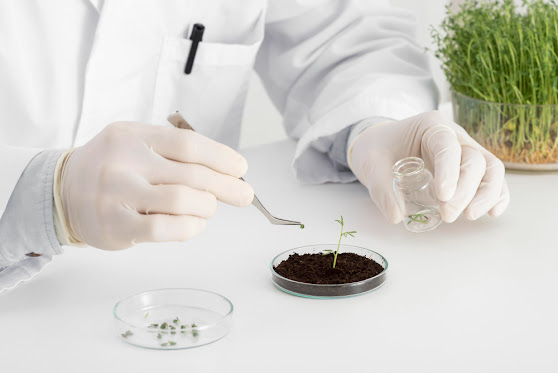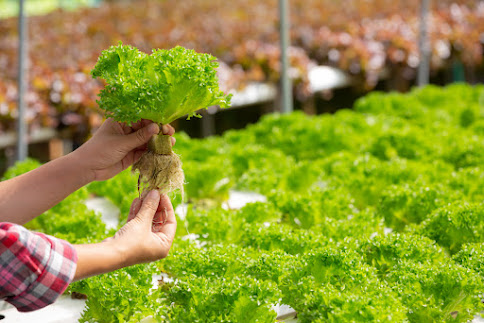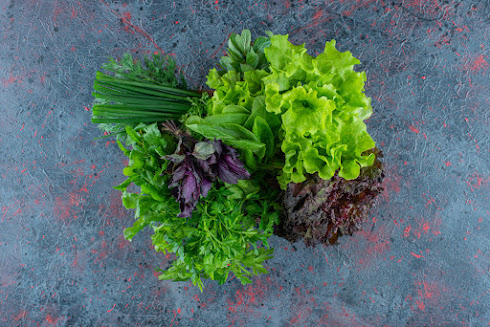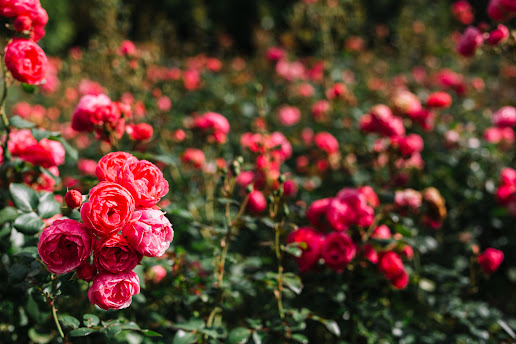Understanding Soil pH and Its Impact on Plant Health: Tips for Proper Soil Testing

In gardening, soil pH is a critical factor that profoundly impacts plant health and growth. It determines the availability of nutrients for plants and directly affects their ability to thrive. In this blog, we'll explore the significance of soil pH, its effects on plant health, and offer essential tips for accurate soil testing. Impact of Soil pH on Plant Health Nutrient Availability: The solubility of nutrients in the soil is influenced by the pH of the soil. Certain nutrients are more or less accessible to plants at various pH levels. For instance, whereas alkaline soil may have more readily available calcium and magnesium, acidic soil typically tends to have more readily available iron, manganese, and aluminum. Even vital nutrients may become "locked up" and inaccessible to plants if the pH is too severe. Acidic Soil Effects: Vital nutrients like nitrogen, phosphorus, and potassium may not be as readily available to plants in acidic soil. This may result in poor fruiti...







